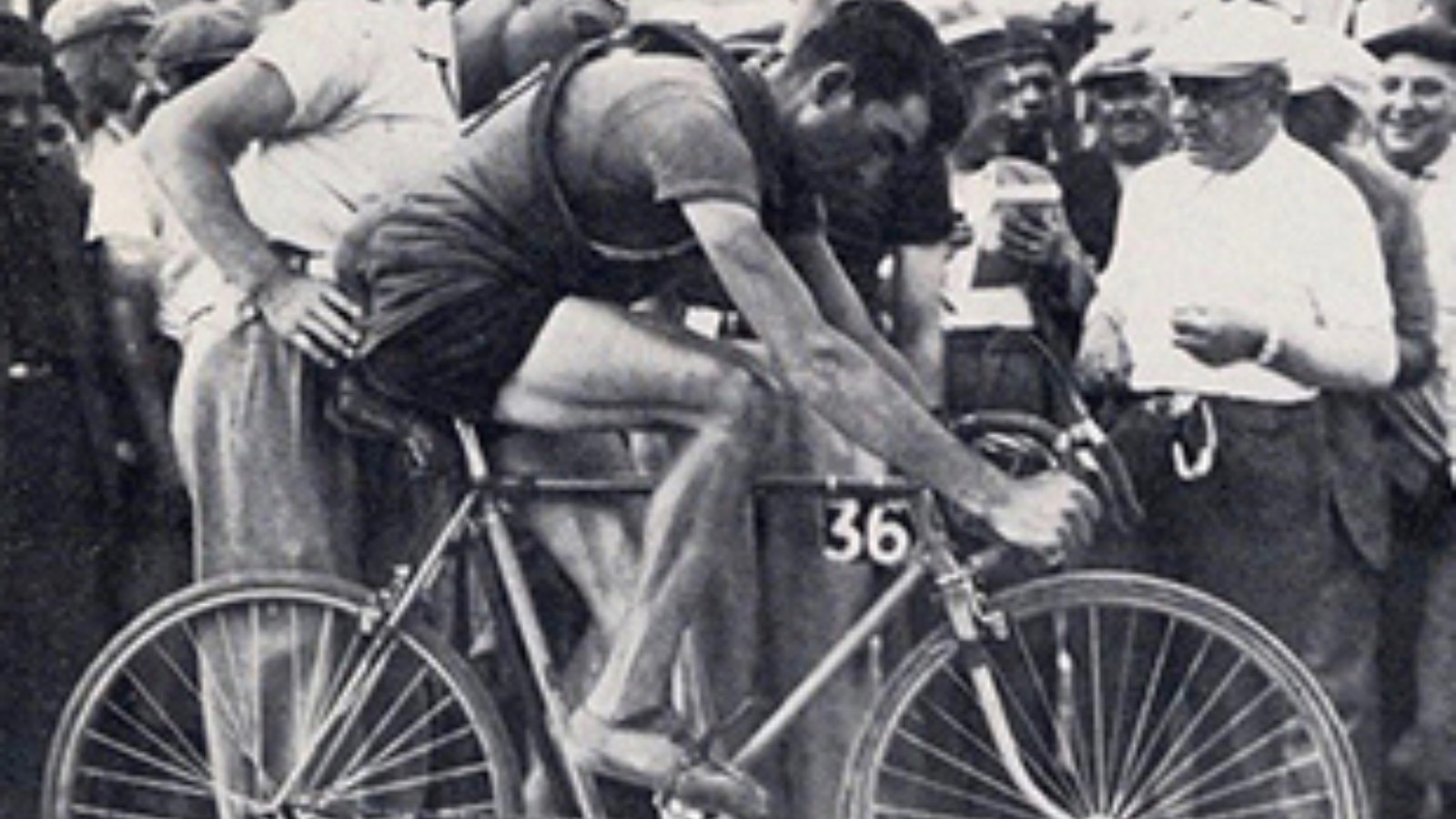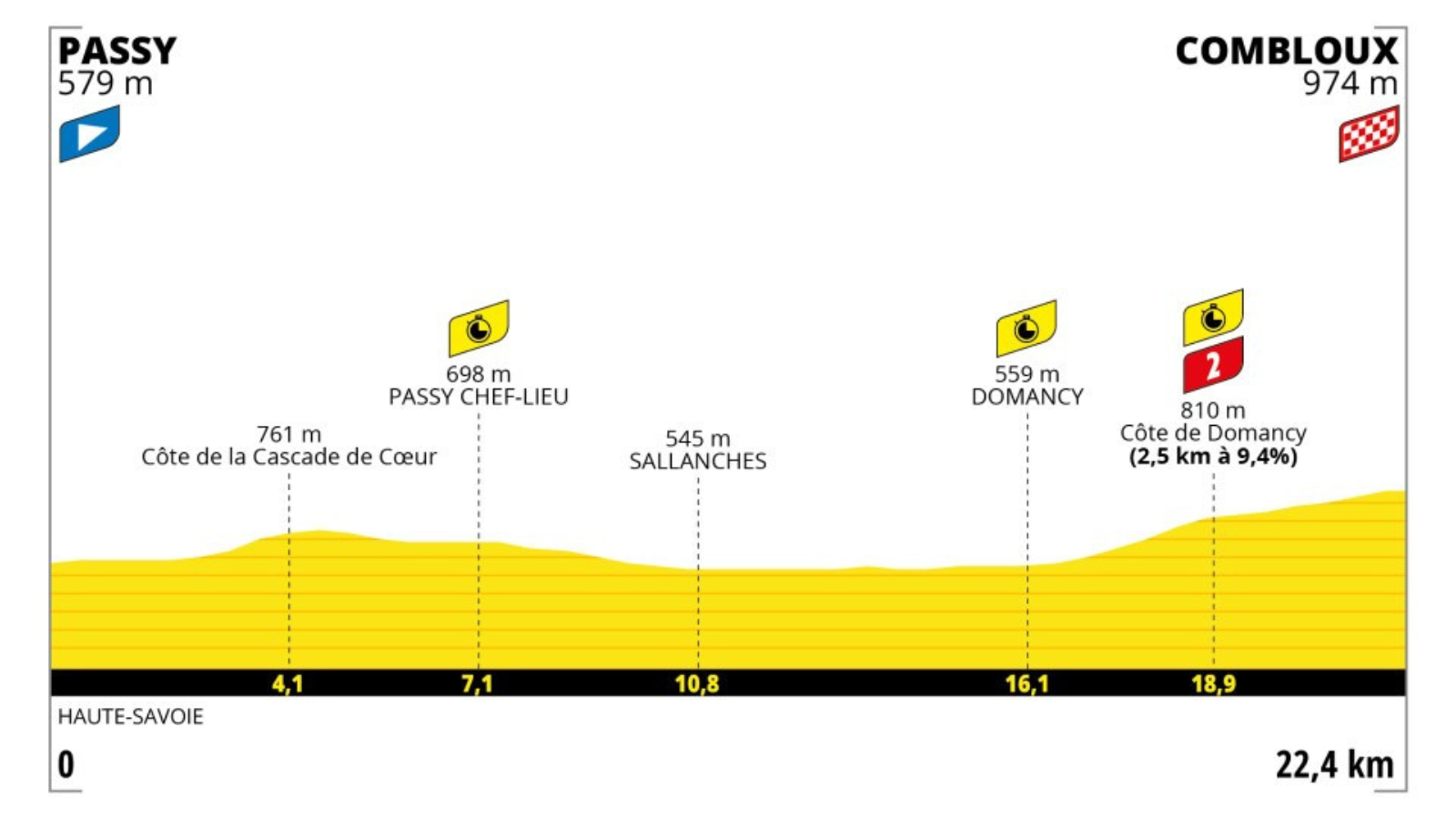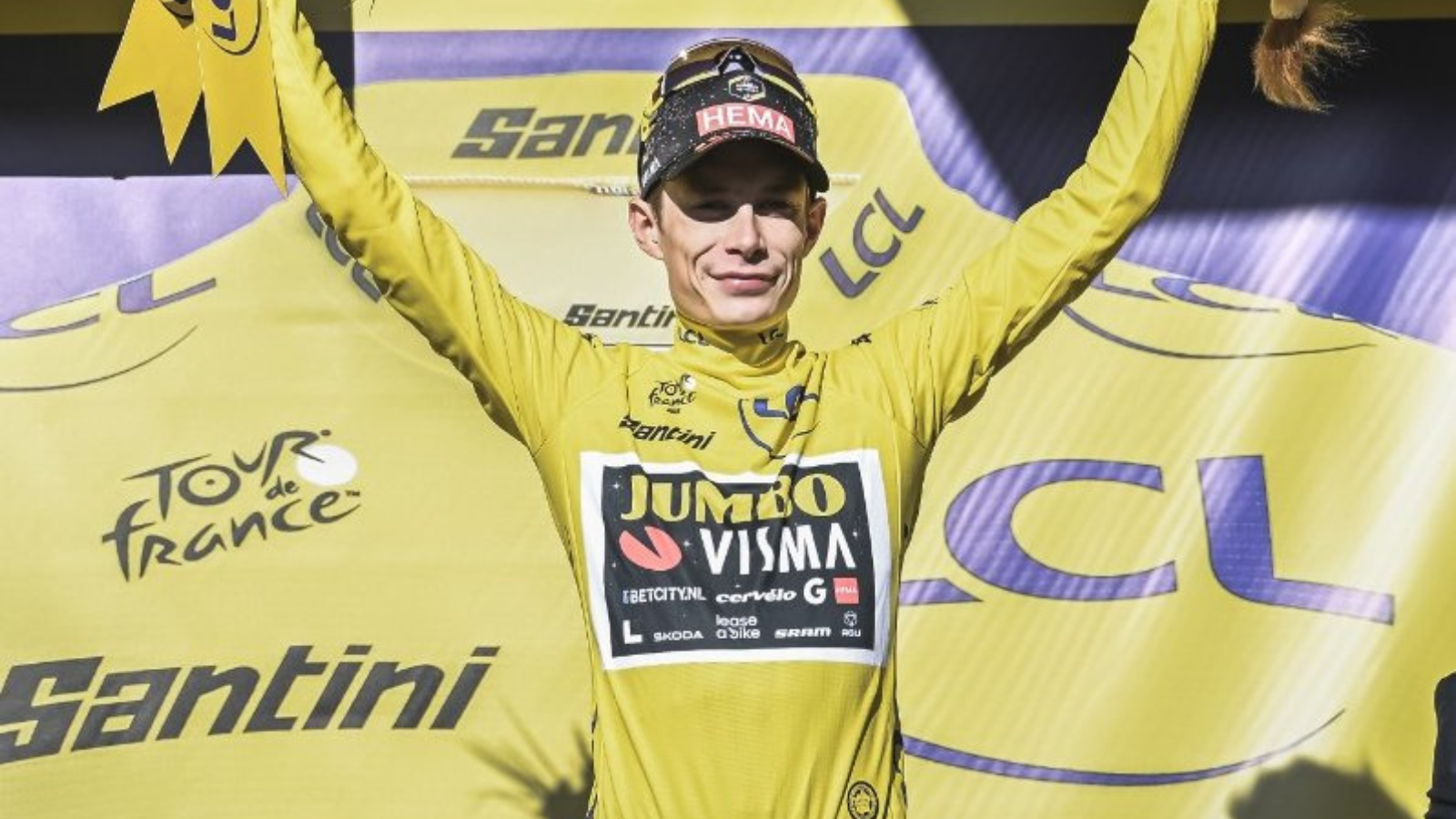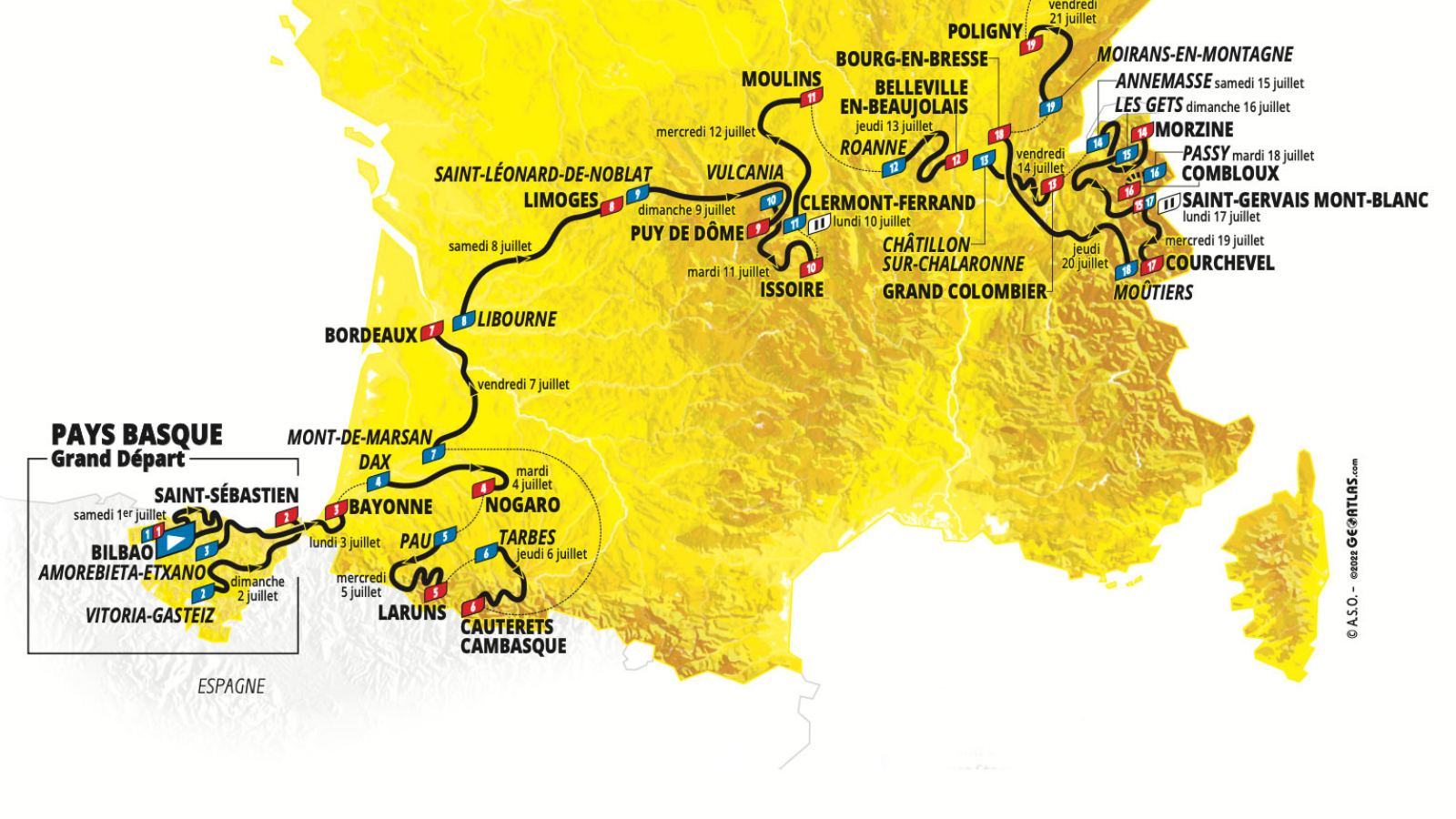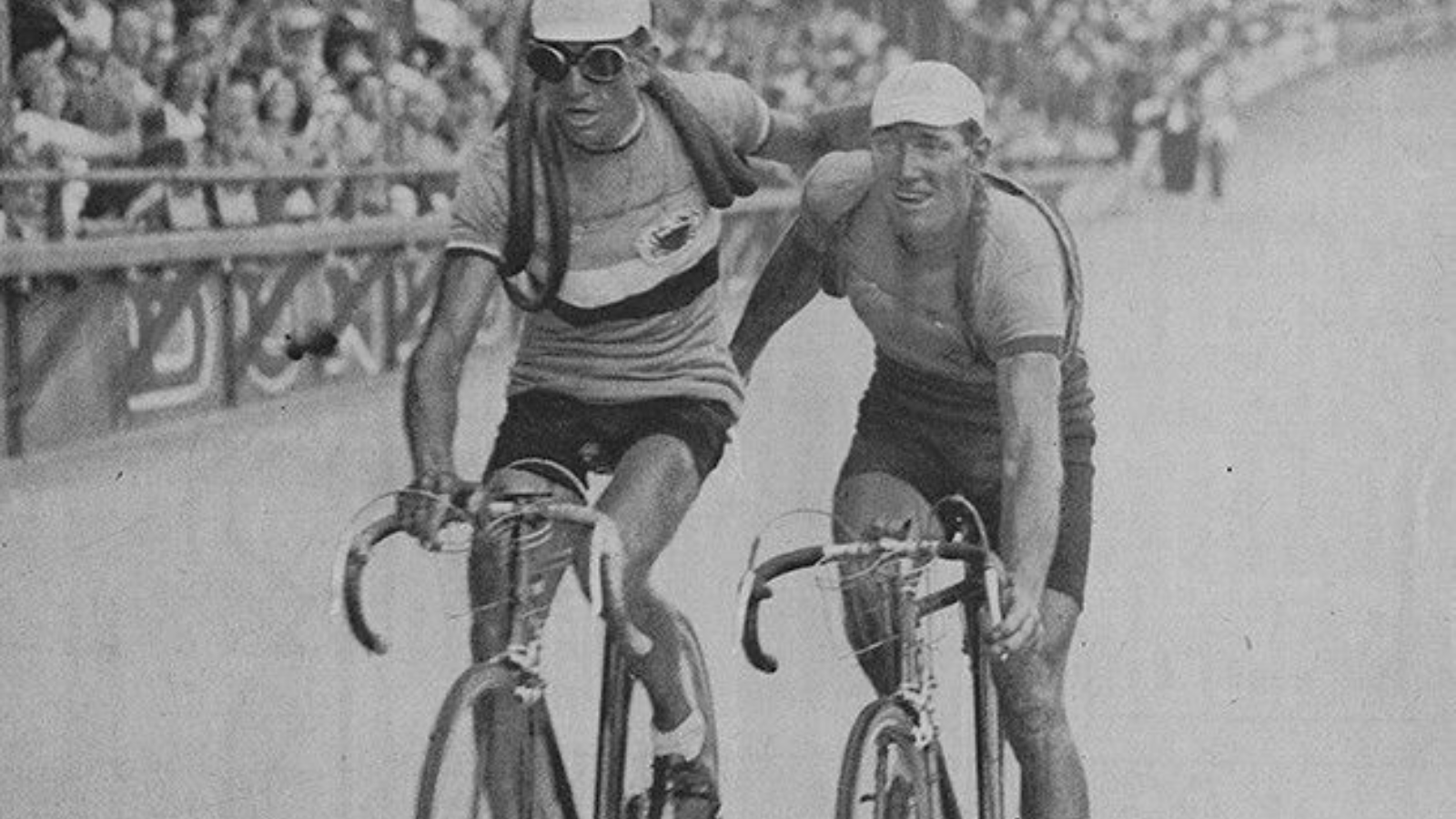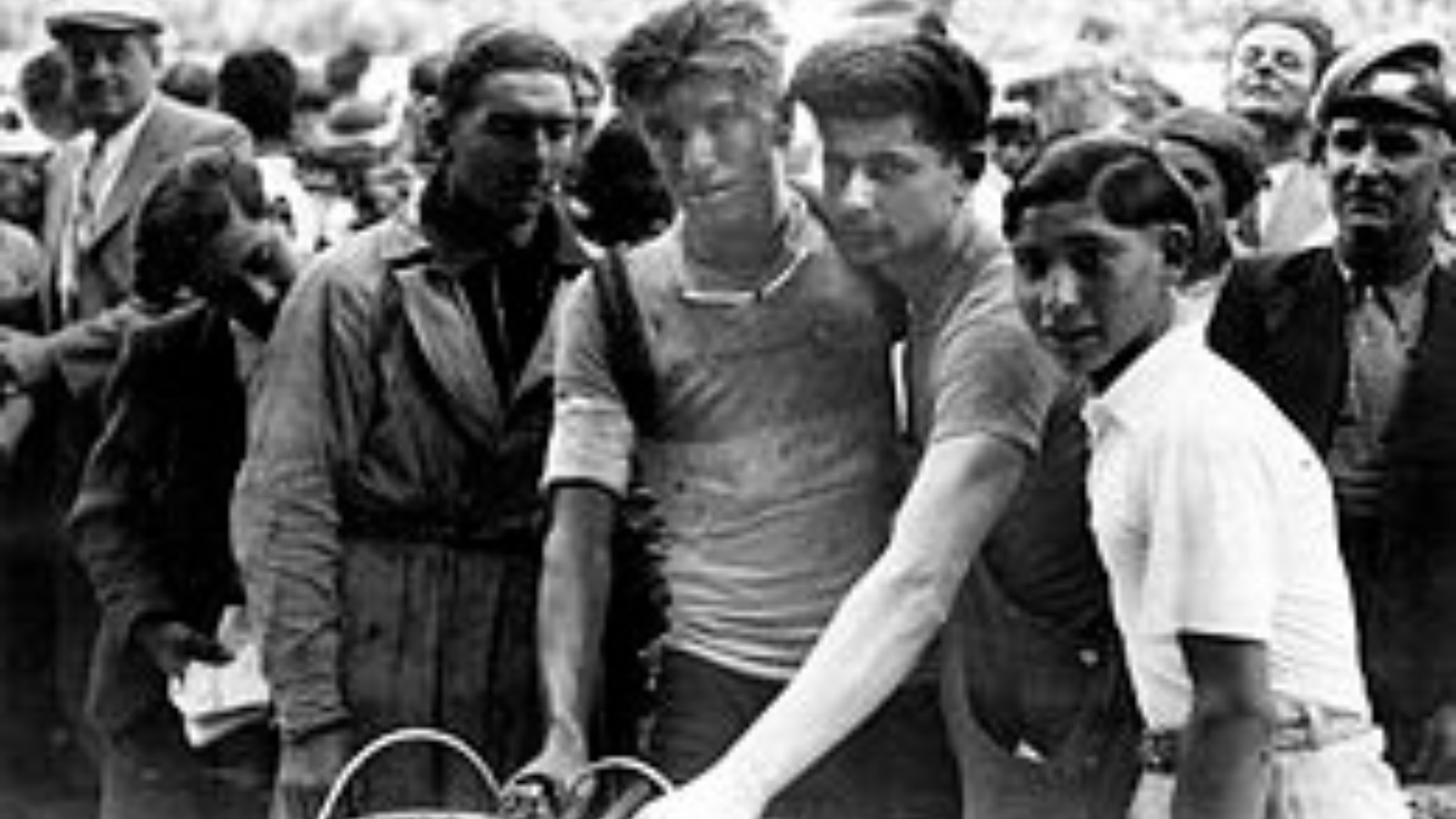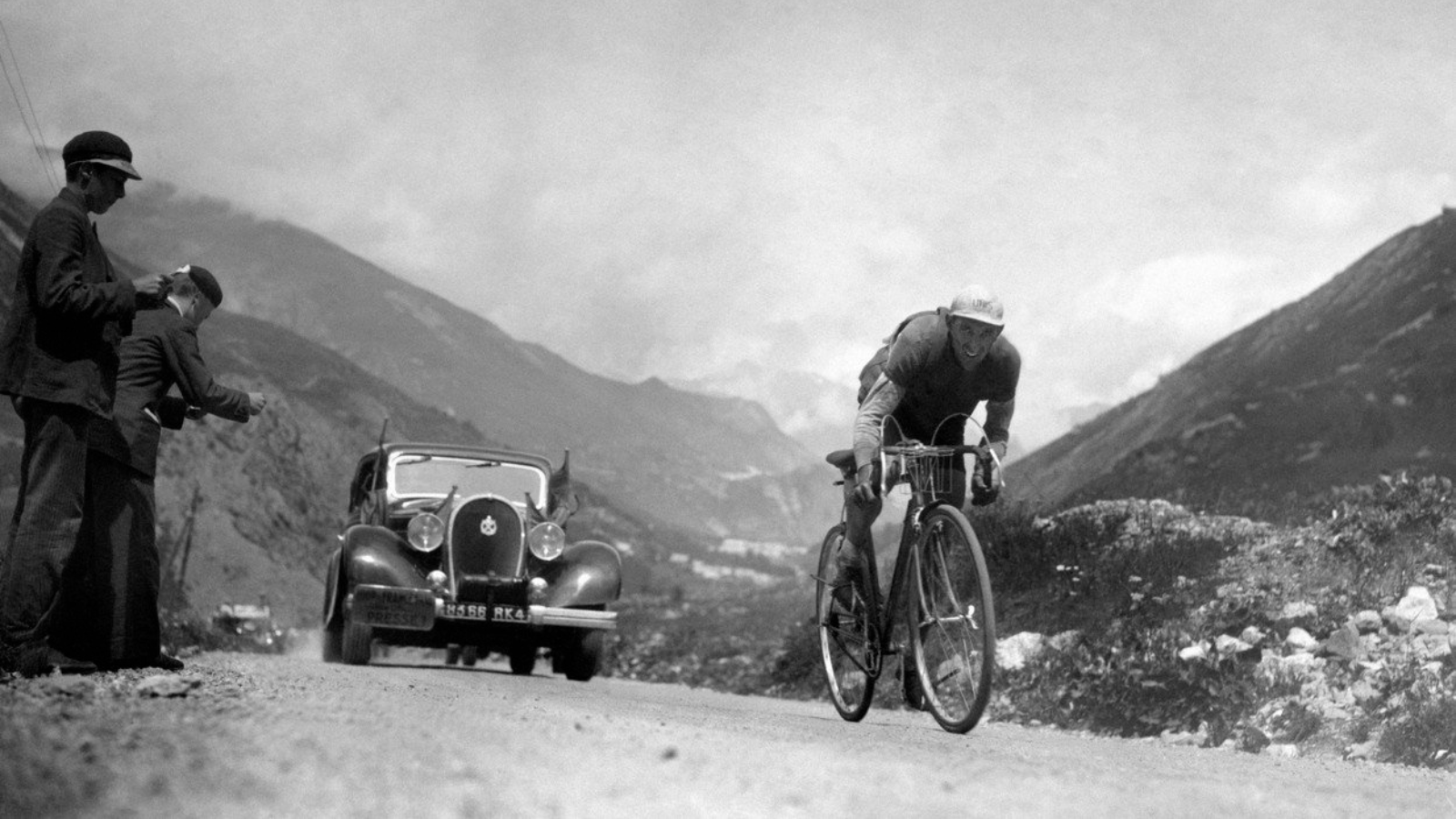It's a well known fact, that many of the big road cycling races were created for marketing reasons: sport newspapers were selling better by including reports about cycling events. But it's a lesser known story, that even the format of the individual time trial at the Tour de France based on the rivalry between two newspapers.
The daily sport newspaper L'Auto, organizing the Tour de France since the beginning, was a morning paper. Meanwhile the Paris-Soir, as its name proves, was published in the evening. The organizers of the Tour de France were very careful about that the stages usually finished late enough to be impossible for the rival newspaper to publish their content related to the latest results first.
If you like PelotonTales blog, you can support it with a small donation! Thank you!
But Paris-Soir has created the event "Grand Prix des Nations" in 1932. It was a competition for individual time trialists. After the first year with limited success, the race was a hit in 1933. Especially, the French riders rode it very well. This made Henri Desgrange think about a possible use of the format also at the Tour de France.
Tour de France 1934 included 23 stages, the 21st one was split into two (A and B) parts. The latter was the first individual time trial of Tour de France. It was a 90 km long route between La Roche sur Yon and Nantes.
The winner of the (half) stage was Antonin Magne, who was leading the general classification before the day already. At the end, he won the Tour de France that year. It was his second overall victory after 1931.
TOUR DE FRANCE 2023 INDIVIDUAL TIME TRIAL
Individual time trial at Tour de France (TDF 2023 Stage 16 )
16th stage individual time trial 18 July 2023 Passy -Combloux 22, 4 km STAGE PROFILE
GENERAL CLASSIFICATION BEFORE STAGE 16
General classification of Tour de France 2023 before the final week
Winner of the last year’s edition, Jonas Vingegaard leads the general classification of Tour de France 2023 after 15 stages. There are only 6 stages left . GENERAL CLASSIFICATION 1 1 VINGEGAARD Jonas TJV DEN 62h34’17” +00 2 11 *POGACAR Tadej UAD SLO 62h34’27” +10″ 3 27 *RODRIGUEZ CANO Carlos IGD ESP 62h39’38” +5’21” 4 … Read more
THIRD WEEK OF TOUR DE FRANCE 2023
Tour de France 2023 – Program of the 3rd week
Jonas Vingegaard or Tadej Pogacar? The question of who will win the Tour de France in 2023 is still open as we are heading to the last week of the race. Also, as you can see when you take a glimpse at the general classification, these two riders are several minutes ahead of everyone. What … Read more
MORE TOUR DE FRANCE FROM THE 1930
André Leducq and Antonin Magne crossing the finish line together (Tour de France 1938)
Before Greg LeMond and Bernard Hinault on the top of Alpe d’Huez, there were André Leducq and Antonin Magne in Paris. Two dominant French riders from the first part of the 1930s, both Leducq (1930 and 1932) and Magne (1931 and 1934) won the Tour de France twice. In the very last stage of Tour … Read more
Faces from the Peloton: Theo Middelkamp (1914-2005)
You would never guess in what kind of stage the first Dutch Tour de France stage winner, Theo (Theofiel) Middelkamp (1914-2005) gained his victory. In a mountain stage in the Alps, including Télégraphe, Galibier and Lautaret. Considering that even in the early 1950s, when Wim van Est, the first Dutch cyclist to wear the yellow … Read more
Fédérico Ezquerra on the Galibier (Tour de France 1936)
Col du Galibier was part of the 7th stage alongside with Thélégraphe and Lautaret at the Tour de France in 1936. (Usually, when the peloton climbs Galibier, they climb also Thélégraphe and Lautaret.) The 230 km long stage ended in Grenoble (hilltop finishes were introduced to Tour de France only in 1952), and a whole … Read more
